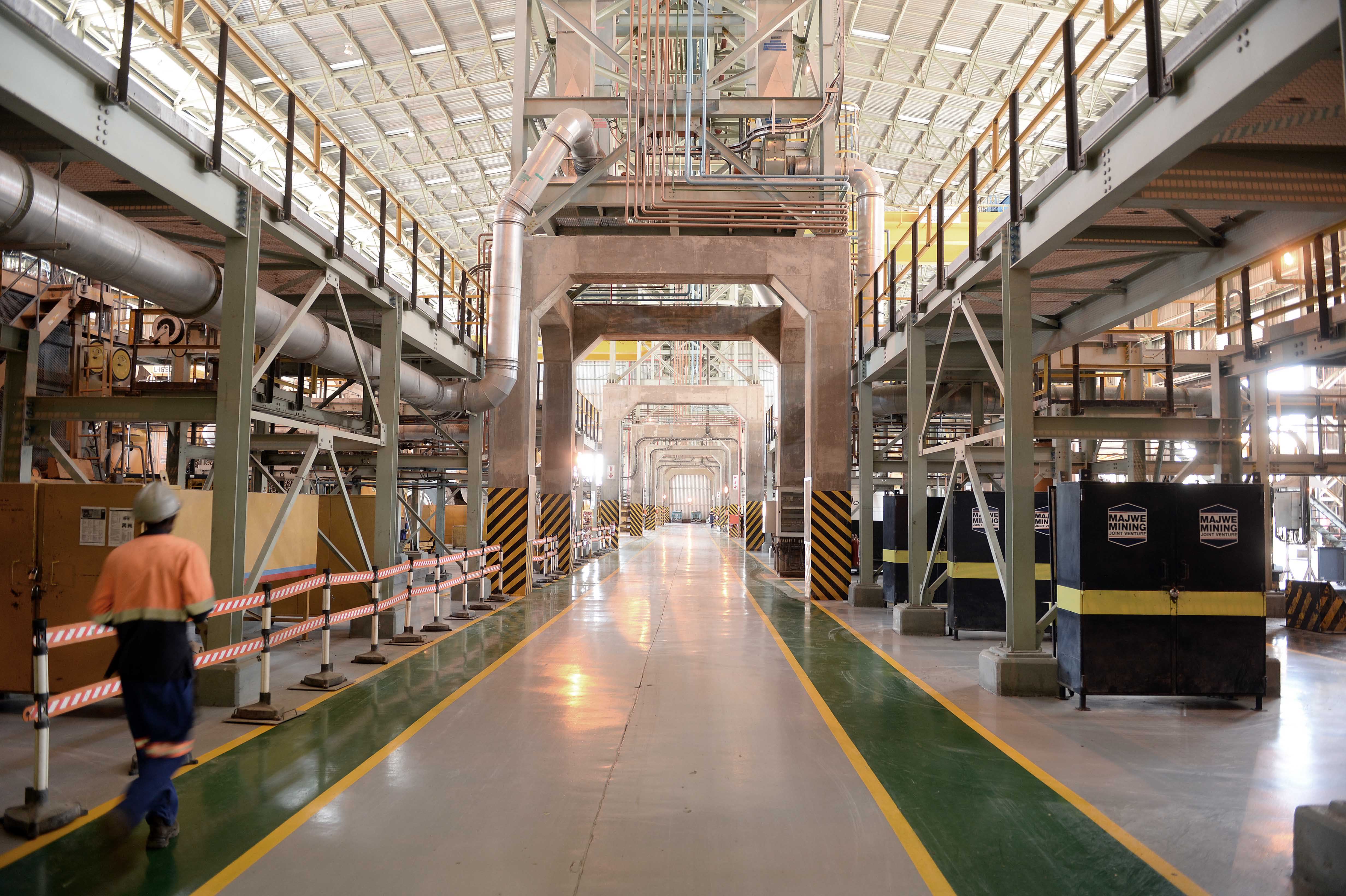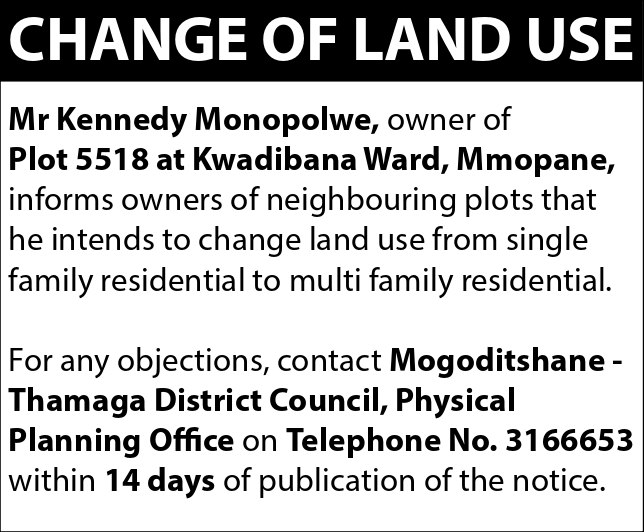GAZETTE REPORTER
Diamond mining conglomerate, De Beers Group, announced that its 2018 rough diamond production increased by 6 percent to 35.3 million carats (2017: 33.5 million carats), which was in the lower half of the production guidance range of 35-36 million carats.
In Botswana (Debswana), production increased by 6 percent to 24.1 million carats (2017: 22.7 million carats), said Paul Rowley, Executive Vice President – Diamond Trading at De Beers.
He said production at Jwaneng was flat, as the effect of processing lower grades was offset by a 12 percent increase in plant throughput. At Orapa, a 13 percent increase in output was driven by higher plant utilisation and the full effect of the successful restart of the Damtshaa operation. In Namibia (Namdeb Holdings), production increased by 11 percent to 2.0 million carats (2017: 1.8 million carats). Production from the marine operation increased by 4 percent, driven by fewer in-port days for the Mafuta crawler vessel and the adoption of a technology-led approach for optimising the performance of the drill fleet.
Production at the land operations increased by 34 percent to 0.6 million carats (2017: 0.4 million carats) as a result of access to consistently higher grades, despite placing Elizabeth Bay onto care and maintenance in December. Further in South Africa (DBCM), production decreased by 10 percent to 4.7 million carats (2017: 5.2 million carats), owing to a period of suspended production at Venetia following a fatal incident, as well as lower run-of-mine ore grades experienced as the mine approaches the end of the open pit. The Group said output was also affected by the placing of Voorspoed onto care and maintenance in the fourth quarter in preparation for closure.
In Canada, production increased by 19 percent to 4.5 million carats (2017: 3.8 million carats) due to the full year contribution from GahchoKue which entered commercial production in March 2017, and higher grades at Victor, according to the company. Victor is due to cease production in the first half of 2019, when the open pit is expected to have been depleted.
Consequently, total revenue increased by 4 percent to $6.1 billion (2017: $5.8 billion), with rough diamond sales increasing by 4 percent to $5.4 billion (2017: $5.2 billion), driven by improved overall consumer demand for diamond jewelry and a 1 percent increase in the average rough diamond price index. The group said average realised price increased by 6 percent to $171/carat (2017: $162/carat), reflecting the lower proportion of lower value rough diamonds being sold in the second half, which resulted in a 2 percent decrease in consolidated sales volumes to 31.7 million carats (2017: 32.5 million carats).
“Other revenue also increased owing to improved high end jewelry sales at De Beers Jewellers (consolidated for a full year in 2018, compared with nine months in 2017), partly offset by a 5 percent decrease in Element Six revenue due to a reduction in sales to the oil and gas market,” Rowley said.




